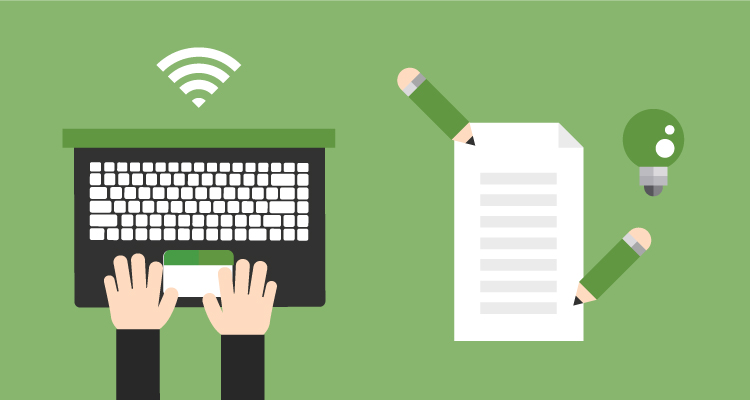How many times have you read ‘become a freelance writer today!’ on the internet? It’s often listed as one of the most popular ways to make more money, earn money online, or launch your own brand.
While those things are true, there’s a lot more to freelance writing than some of these people make it seem. Freelancing takes a lot of work, dedication, and yes, time. From finding clients to invoicing, to paying those terrible freelance taxes, there’s a lot more than meets the eye.
I’m going to share my reality as a freelance writer and offer a look behind the scenes to everyone who ever thought this would be a quick way to make some extra cash.
My Day to Day as a Freelancer
One of the best and worst things about freelancing is that you are your own boss. You can wake up at 10 am if you want! But wait…can you get everything you need to be done if you start work at 10:30?
Because there’s a lot to do. Here’s a short list of what I do as a freelance writer:
- research new clients to write for
- pitch them (ie- finding editor email addresses, coming up with engaging story ideas, tracking where and when I send story ideas)
- follow-up with clients
- negotiate story prices
DO THE WORK
- edit 1-4 times per piece
- invoice clients and follow-up on payments if late
- record payments
- allocate 30% from each check for freelance taxes
- manage social media/my newsletter/my portfolio/my website
Whew! And honestly, there are myriad other things that can happen as a freelancer.
Managing My Workflow as a Freelance Writer
As I said, just because you technically CAN wake up later, or never wear pants at work again when you’re freelancing, doesn’t mean you should. Or that you actually can. With freelancing, you trade one boss for several clients (at least!). This means that you need to be available for them during traditional work hours, and you need to manage your workflow responsibly, so you don’t miss deadlines.
Personally, I start working around 8 am each morning, and usually call it quits around 6 pm. I take an hour for lunch each day. Sometimes I have meetings, offline or online. There is no ‘regular’ day as a freelancer. It all depends on what you’re working on, who you’re working with, and how you’re trying to grow as a freelancer.
I get distracted easily, so I do things to reduce distractions and focus on work. When I’m in crunch mode I leave my phone in another room. I use a web extension called SimpleBlocker to block access to sites like Twitter and Facebook. Sometimes I’ll schedule a coffee date if I need the social pressure of others to push me to finish things. Other times I stay at home if I need quiet to get things done.
The Finances of it All
I do earn more as a freelancer than I did when I worked at a nonprofit. However, freelancers face a lot of financial burdens. You need to keep a buffer in your checking account, and you should definitely have at least three months’ living expenses saved when you’re freelancing.
Freelancing is an up-and-down business, and it’s crucial to not let it sink your finances. If you’re struggling with full-time freelancing, there’s no shame in a side hustle. Don’t let pride get in the way of your money!
I manage my finances using an invoicing system, a Google excel sheet, and Mint. It helps to set budgets, and income goals, and to track every single penny. That way there are no surprises!
Being a freelancer is not easy, but it’s not a bad gig either. Just prepare for the actual realities of it and not the daydream!
















